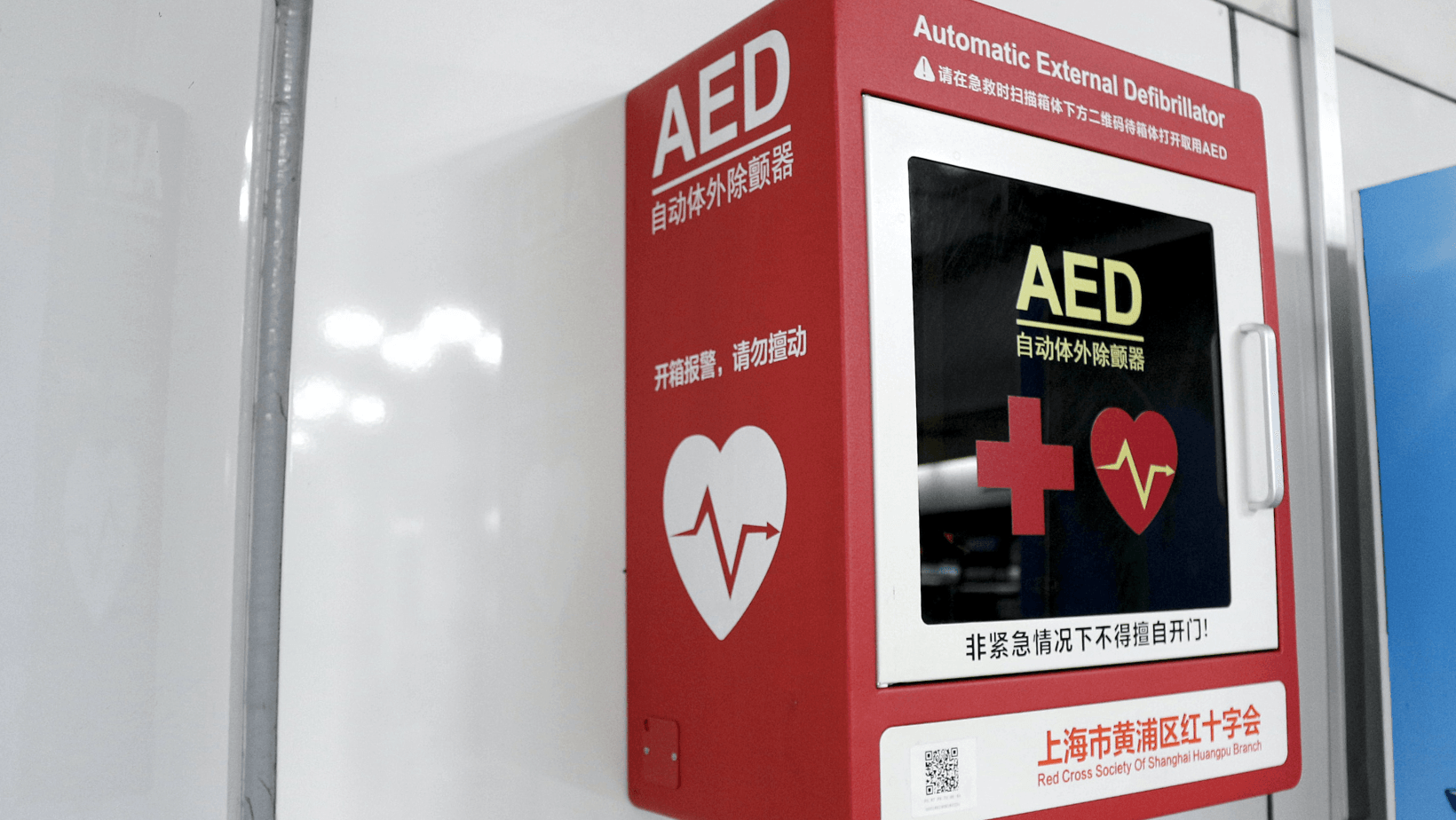CPR, ABC or CAB? Definitely CCC!

Blog vol 3. 25 CPR, ABC or CAB? Definitely CCC!
Don’t you love all those three-letter acronyms (TLA’s)? No doubt a result of our love of texting and the smartphone’s ability to auto-correct our correspondence. Yesterday, we had a training session (with pizza dinner) at Burlington Eyecare in CPR with AED. We had the Automated External Defibrillator (AED) installed in our clinic in November 2015, and all completed CPR training; time for a refresher.
CPR is key in resuscitating a person in cardiac arrest and/or a person who has stopped breathing and in improving their long-term recovery.
The approach has changed since 2015, interestingly.
Airway-Breathing-Circulation (ABC) was the order of priority for assisting a person in distress that we were taught in 2015. This still is important and a great memory tool, but our teacher from SOS First Aid shifted the order to Circulation first, as the American Heart Association (AHA) recommends Circulation-Airway-Breathing (CAB).
Blood flow to the brain is critical. The compressions of CPR (cardio-pulmonary resuscitation) physically pump the heart and circulate the blood so that the brain can receive up to 20 % of the oxygen it normally receives. And this all buys time, so the TLA I came away with was CCC, Compress-Compress-Compress.
We also had excellent training on co-ordinating the AED with CPR. Unlike what we see in Hollywood, a person with no heart activity, as they say, flat-lined, cannot be resuscitated by a strong shock. Only irregular heart rhythms, like ventricular tachycardia (fast) or ventricular fibrillation (irregular, which can cause the heart to stop), will be aided by the AED.
The rhythm of compressions should be about 100-120 per minute. This is critical because too slow, and not enough oxygen gets circulated. The depth of compression is important, deep enough to again pump the heart and circulate. Our instructor also pointed out variations in pace and depth with smaller people like infants and neonates. All in all, a really good review and practise with the AED, just what we needed.
This Friday we observe Remembrance day, the 11th hour, 11th day, 11th month. Our experience at Burlington Eyecare, preparing for the hour when we may be needed to save someone’s life, calls to mind a book I read, Rush to Danger, an excellent account of war-time medics and the courage they display in saving the wounded while under fire. The author, Ted Barris, a notable Canadian war historian, writes of his own father’s experience as a U.S. army medic during the Battle of the Bulge. It is a good reminder that we can be ready and able to help when someone is in distress.
I strongly recommend taking CPR or updating if you haven’t done it in a while. Do it with a friend or family or your workmates, a lot more fun!
til next week,
the good doctor






